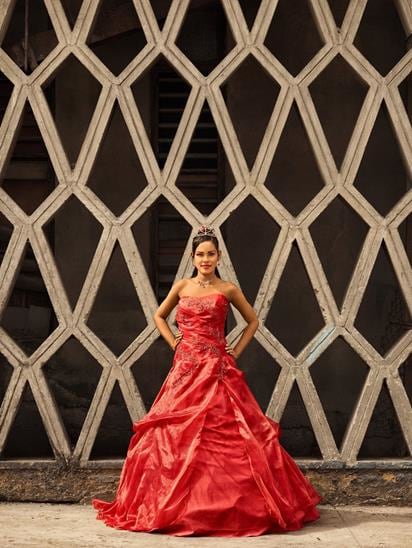
Images of women: The group exhibition A Doll’s House at the Goethe-Zentrum Baku asks how women portray themselves in contemporary art. Artists including Andy Kassier, Leah Schrager and Leyla Alakbarova provide critical, ironic and playful answers.
Two panels at the entrance to the Kapellhaus in Baku, the capital of Azerbaijan, largely display the number 16 and a plus sign. This means that the Goethe-Zentrum’s international group exhibition A Doll’s House is only for viewers aged 16 and older. The exhibition title is taken from the play by the Norwegian dramatist Henrik Ibsen, which was published in 1879. The father and husband of the protagonist Nora treat her like a possession; her father acts as if she were a little doll and her husband as if she were a big doll, and she lives with her children like dolls. In the end, she leaves her husband and family, breaking out of her role as a good mother and housewife.
In Baku, where the predominant religion is Shiite Islam, many young women live with their families until they are married. Often, men still decide where women are allowed to stay, what restaurants they are allowed to eat in or how they dress. Women wear headscarves; naked skin considered offensive. That explains the age restriction posted at the door.